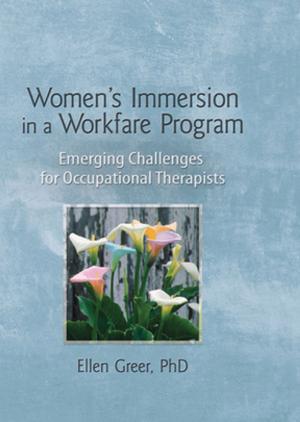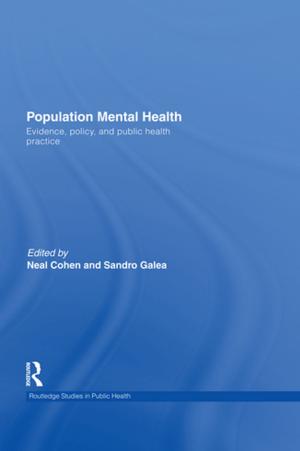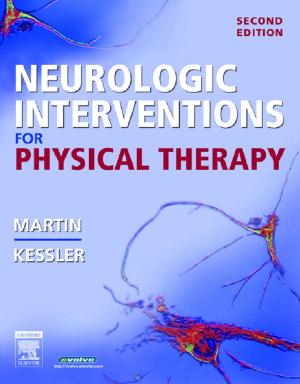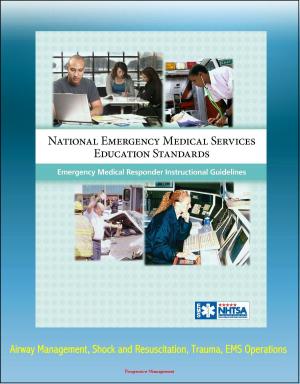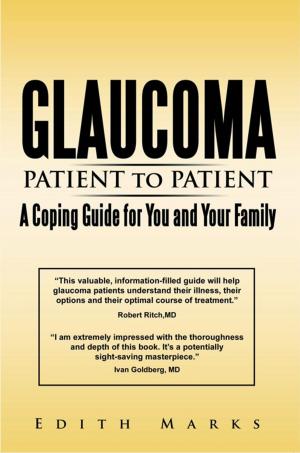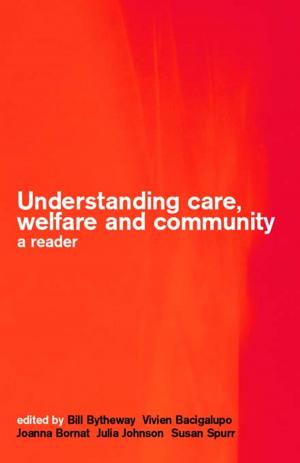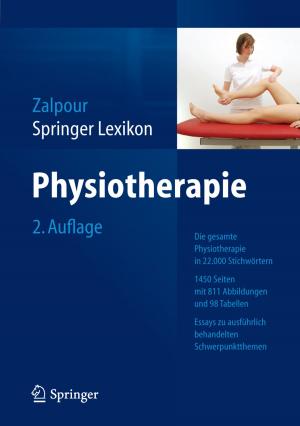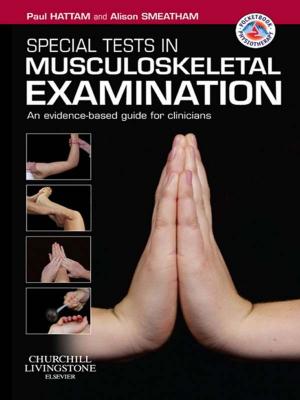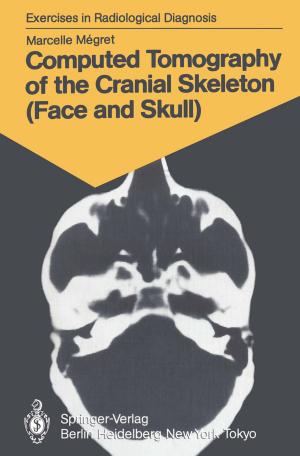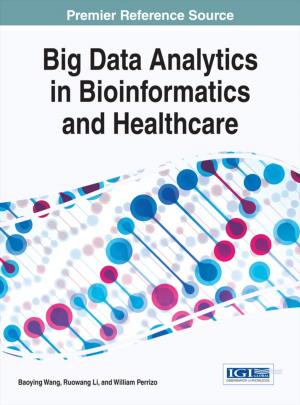Essential Pharmacology For Inpatient Care
Nonfiction, Health & Well Being, Medical, Allied Health Services| Author: | Hitinder S Gurm, Matthew Konerman | ISBN: | 9780578154923 |
| Publisher: | GOUROCKHOUSE INTERNATIONAL | Publication: | December 25, 2014 |
| Imprint: | Language: | English |
| Author: | Hitinder S Gurm, Matthew Konerman |
| ISBN: | 9780578154923 |
| Publisher: | GOUROCKHOUSE INTERNATIONAL |
| Publication: | December 25, 2014 |
| Imprint: | |
| Language: | English |
Almost every patient who is hospitalized gets started on a medication. Most patients get started on multiple new medications and will continue some or all of their chronic medications. Alteration in pharmacotherapy is the most common medical intervention in hospitalized patients. Medication errors and side effects are unfortunately not uncommon and can potentially result in morbidity and rarely mortality. Even when mild, they increase patient dissatisfaction and prolong length of stay. Furthermore, they are associated with significantly increased health care cost and not infrequently result in lawsuits. A major contributor to these errors is a poor knowledge of basic pharmacology principles. With the recognition that service lines use only a limited number of common medications, we have attempted to create a guide for essential pharmacotherapy for inpatient care. This guide provides a concise tool that covers the most commonly used drugs on a given service. It covers the essential pharmacological principles for each drug, as well as providing key clinical pearls and links to the most important studies that defined the clinical utility of the drug. The text is designed to be used by busy house officers and residents as well as nurses and mid level providers. Our hope is that this guide will improve knowledge of the most common drugs, reduce prescription errors, and eventually improve patient safety. While a number of excellent pharmacological texts are available, this guide is meant to compliment not replace those. Our hope is to provide a resource that will be easy to incorporate into a busy life of the first line care providers and will be considered essential reading for residents and nurses as they pick up a new service. We would like to thank our colleagues who contributed so much of their time to make this work possible. Their commitment to the broader goals of improving patient safety and medical education is evident in the quality of this work. We have learnt a lot from them while editing this work and we hope that you will find it equally useful in your daily clinical practice.
Almost every patient who is hospitalized gets started on a medication. Most patients get started on multiple new medications and will continue some or all of their chronic medications. Alteration in pharmacotherapy is the most common medical intervention in hospitalized patients. Medication errors and side effects are unfortunately not uncommon and can potentially result in morbidity and rarely mortality. Even when mild, they increase patient dissatisfaction and prolong length of stay. Furthermore, they are associated with significantly increased health care cost and not infrequently result in lawsuits. A major contributor to these errors is a poor knowledge of basic pharmacology principles. With the recognition that service lines use only a limited number of common medications, we have attempted to create a guide for essential pharmacotherapy for inpatient care. This guide provides a concise tool that covers the most commonly used drugs on a given service. It covers the essential pharmacological principles for each drug, as well as providing key clinical pearls and links to the most important studies that defined the clinical utility of the drug. The text is designed to be used by busy house officers and residents as well as nurses and mid level providers. Our hope is that this guide will improve knowledge of the most common drugs, reduce prescription errors, and eventually improve patient safety. While a number of excellent pharmacological texts are available, this guide is meant to compliment not replace those. Our hope is to provide a resource that will be easy to incorporate into a busy life of the first line care providers and will be considered essential reading for residents and nurses as they pick up a new service. We would like to thank our colleagues who contributed so much of their time to make this work possible. Their commitment to the broader goals of improving patient safety and medical education is evident in the quality of this work. We have learnt a lot from them while editing this work and we hope that you will find it equally useful in your daily clinical practice.

